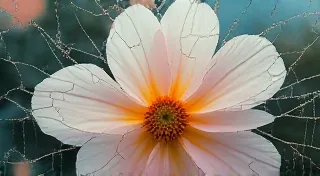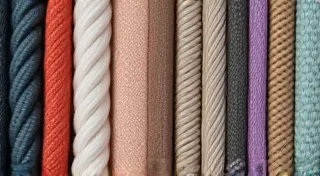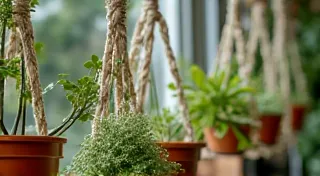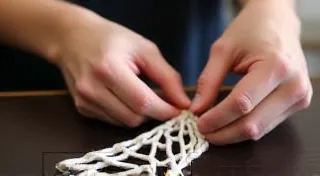Echoes of the Weaver: Finding Ancestral Rhythms in Hand Knotting
There’s a particular scent, isn’t there, that clings to things made by hand? A fragrance of labor, of patience, of a lineage stretching back through generations. It’s not unpleasant, not at all. It’s a comforting aroma, evocative of simpler times, of quiet focus, and of a connection to something profoundly human. I’m thinking of it as I sit here, surrounded by the tools of the macrame artist – the cotton cords, the wooden beads, the gentle tug of a knot taking shape. But the scent lingers as much in my mind as it does in the air, a phantom echo of the weavers who came before.
Macrame, in its various forms, isn't a recent fad. It's a whisper from antiquity. It's more than just a craft; it’s a conduit. A conduit to a lineage of textile artistry stretching back millennia. Before the age of mass production, when objects held stories woven into their very fabric, knotting techniques served practical and deeply symbolic purposes across continents. From the intricate fringes adorning ancient Egyptian burial shrouds to the sturdy ropes used by Pacific Islanders for fishing and navigation, the act of tying knots wasn’t merely functional; it was a form of expression, a means of storytelling, and a vital skill for survival.
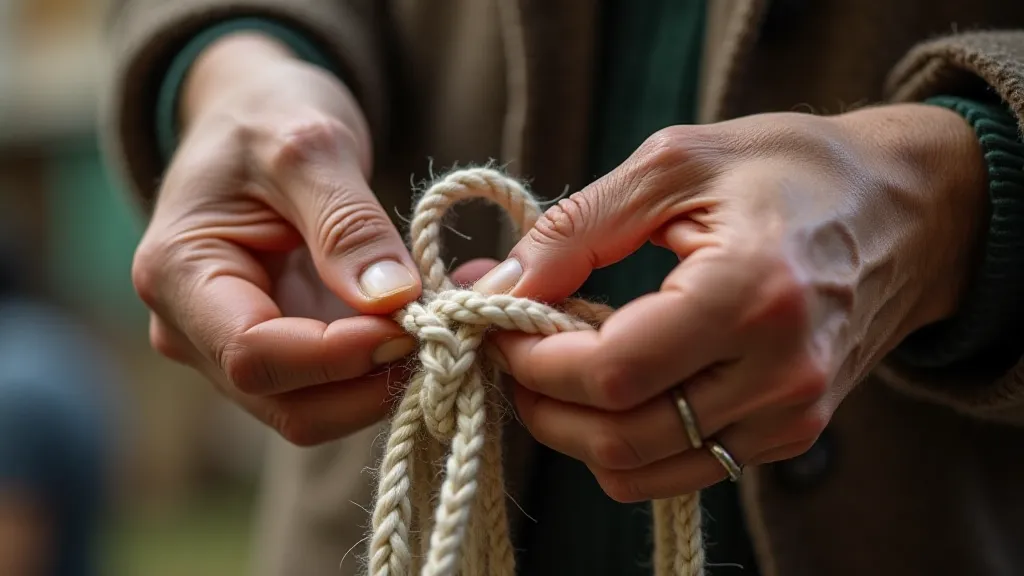
The Dance of Knots Across Cultures
Consider the Berber people of North Africa, whose knotted carpets – often called kilims – aren't just floor coverings; they're intricate tapestries narrating family histories, tribal allegiances, and traditional folklore. Each knot, precisely placed, contributes to a larger, symbolic picture. Or look to the Andean cultures of South America, where *qhipu* – knotted string devices – served as a complex system of record-keeping, accounting, and even literature. These weren’t just “strings with knots”; they were sophisticated communication tools, conveying information in a tangible, lasting form. The ingenuity of creating such systems purely through knotting is truly remarkable, demonstrating a sophisticated understanding of patterns and symbols.
The techniques we now classify as "macrame" evolved over time, influenced by trade routes and cultural exchanges. The term itself is believed to derive from the Arabic word *miqrim*, referring to the fringed garments worn by medieval Arab raiders. These garments, often adorned with elaborate knotwork, were brought to Europe during the Renaissance and quickly became fashionable, adopted by royalty and wealthy merchants alike. But the fundamental principles – the repetition, the geometry, the deliberate creation of form from simple materials – have roots far older and far deeper. It's fascinating to trace the evolution of these techniques, seeing how they've been adapted and reinterpreted across cultures and eras.
Finding Rhythm: Macrame as Meditation
I’m drawn to these ancient practices not just for their historical significance, but for the almost meditative quality they offer. The repetitive action of pulling a cord, of forming a knot, of observing the pattern slowly emerge – it's remarkably calming. It's a way to quiet the internal chatter, to ground yourself in the present moment, and to appreciate the simple elegance of creation. The mindful repetition inherent in macrame lends itself beautifully to a meditative state. It’s a process that engages both the mind and the body, creating a sense of flow and tranquility.
It’s a similar feeling I get when I’m working on an antique accordion. The intricate mechanics, the delicate bellows, the satisfying weight of the keys—restoring one of these instruments isn't just about fixing broken parts; it's about connecting with the craftsman who built it a century ago, about understanding their skill, their patience, their dedication to creating something beautiful and functional. The shared element is the deliberate act of creation, the quiet dedication to a process, the resulting object holding within it the echoes of countless hours of mindful work. Perhaps, if you're looking for a creative outlet that mirrors this dedication and focus, exploring projects like a simple creating a simple macrame plant hanger might offer a similar rewarding experience.
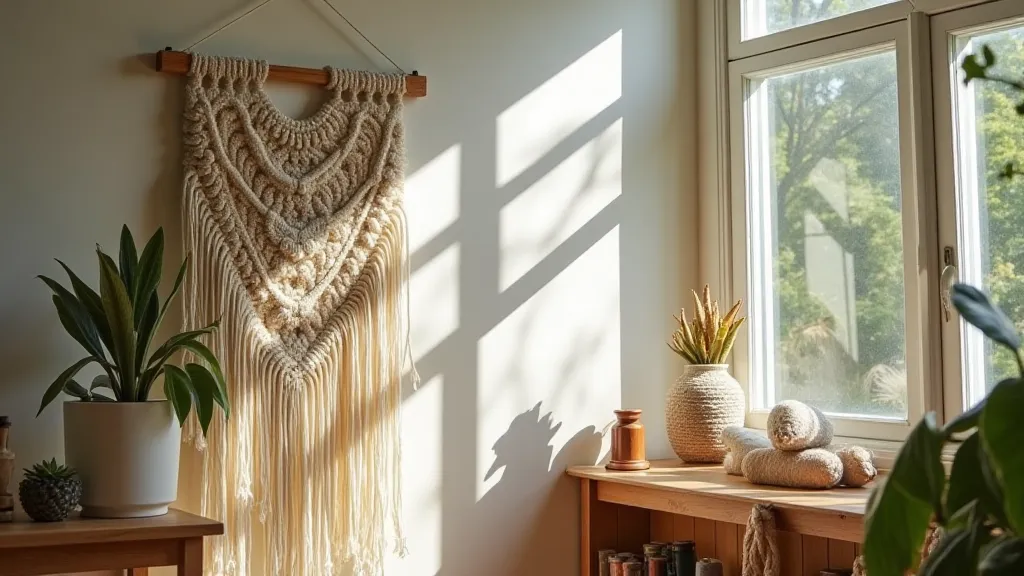
The Power of Tangible Creation
In a world dominated by digital interactions, there's something profoundly satisfying about creating something tangible with your own hands. It’s a direct connection to the earth, to the materials, and to the ancient tradition of craftsmanship. We’re so accustomed to consuming pre-made products, often without a second thought about the labor and skill that went into their creation. Macrame, and other handcrafts, offer a chance to reclaim that connection, to understand the value of slow, deliberate creation, and to appreciate the beauty of imperfection. This focus on tangible creation can be particularly healing in an increasingly digital world.
For writers, this act of creation can be particularly inspiring. The repetitive nature of knotting can unlock new perspectives, allowing the mind to wander and make unexpected connections. The focus required to create a clean, symmetrical pattern can translate into a greater attention to detail in writing. The feeling of accomplishment that comes from completing a project—a wall hanging, a plant hanger, a decorative knot—can fuel creativity and boost confidence. The tactile experience can spark ideas that might otherwise remain dormant. The process of creating something beautiful, one knot at a time, encourages a similar approach to writing - building a story with precision and care. Sometimes, exploring the unfurling tapestry of creative expression through macrame can be surprisingly helpful for writers facing blocks.
Simple Knots to Begin
If you’re feeling drawn to explore these ancestral rhythms, don’s be intimidated. The basics of macrame are surprisingly accessible. Start with the Square Knot and the Half Hitch Knot – these form the foundation for countless projects. There are countless online resources and tutorials available to guide you through the process. Experiment with different cord thicknesses, bead sizes, and color combinations. Embrace the learning process, and don't be afraid to make mistakes. It’s through those imperfections that the true beauty of handcrafting emerges. For those just starting their macrame journey, why not delve into creating macrame friendship bracelets? They're a fun and accessible way to practice the foundational knots and enjoy the satisfaction of creating something wearable.
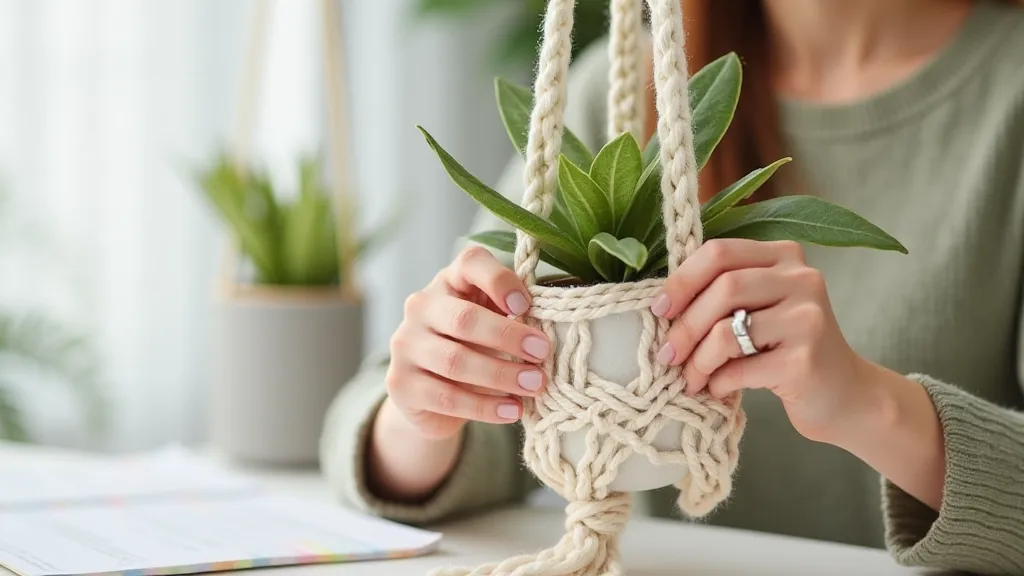
Preserving Echoes
There’s a powerful sense of continuity in engaging with these ancient practices. We are, in a small way, carrying on a tradition that stretches back millennia. It’s a way to honor the hands that came before us, to appreciate the beauty of simplicity, and to find a deeper connection to the human experience. Take a moment to appreciate the long line of weavers, of knotters, of creators who have shaped the world we inhabit. Pick up a cord, tie a knot, and listen for the echoes. The legacy of these ancient textile artists extends far beyond mere functionality; it's a testament to the enduring power of human creativity and ingenuity. Consider the ripple effect of their influence, passed down through generations, inspiring countless artisans and craftspeople.
Furthermore, understanding the history and cultural significance of knotting techniques can enrich the creative process itself. Knowing that you are participating in a lineage of artistic expression adds a profound sense of purpose and connection. It encourages a deeper appreciation for the materials, the techniques, and the legacy of those who came before. It's a way to transcend the mere act of creation and to connect with something larger than oneself.
The rise of slow crafting and handmade goods underscores a growing desire for authenticity and connection in a mass-produced world. People are seeking out experiences that allow them to reconnect with their creativity, to engage with the tangible, and to appreciate the beauty of imperfection. Macrame, with its rich history, its accessible techniques, and its potential for creative expression, perfectly embodies this trend. It offers a refuge from the noise and distractions of modern life, a chance to slow down, to focus, and to connect with something meaningful.
Ultimately, the echoes of the weaver resonate within each of us, urging us to embrace our creativity, to appreciate the beauty of imperfection, and to reconnect with the human experience. Pick up a cord, tie a knot, and listen for the echoes. The legacy of these ancient textile artists extends far beyond mere functionality; it's a testament to the enduring power of human creativity and ingenuity.
